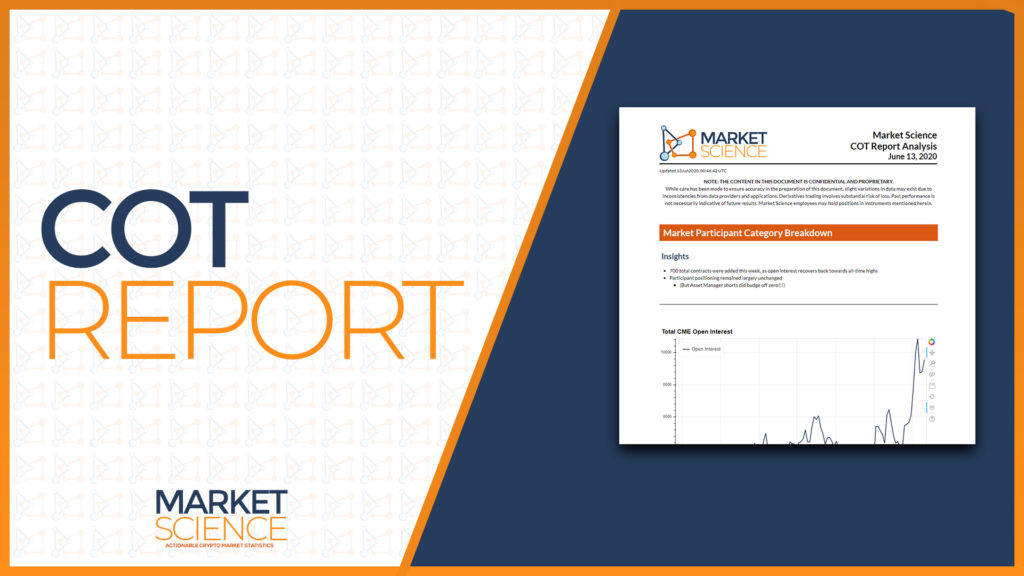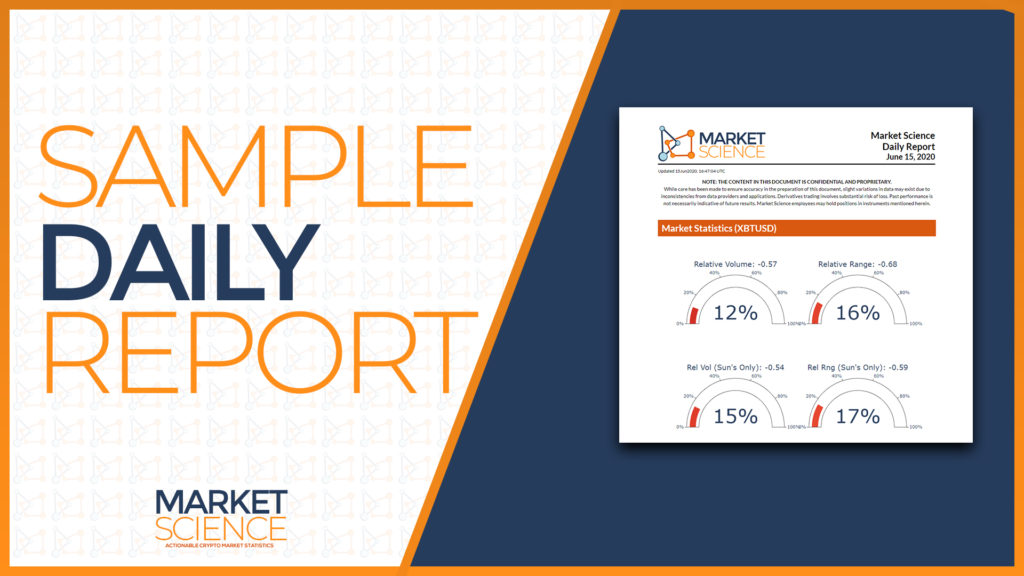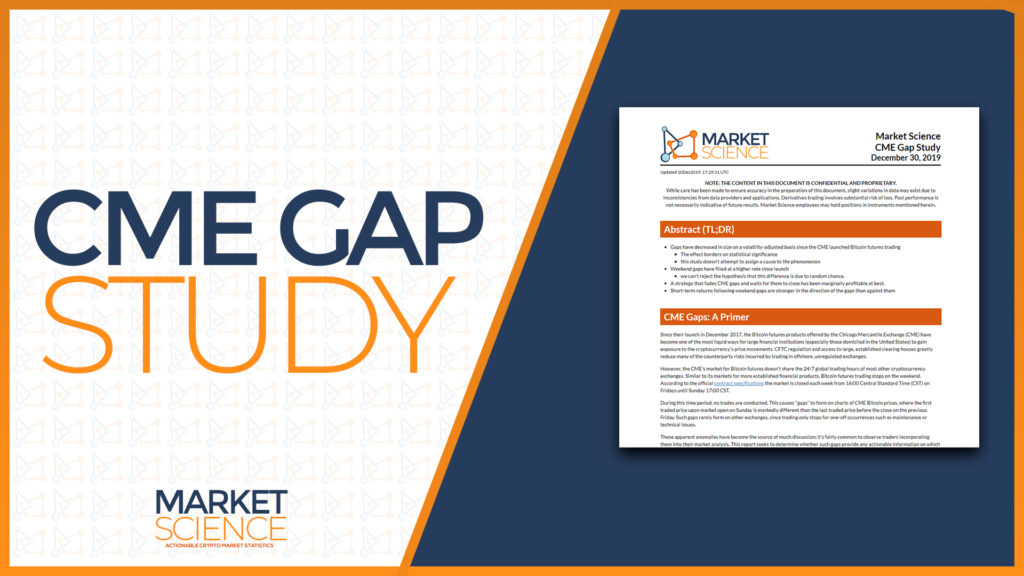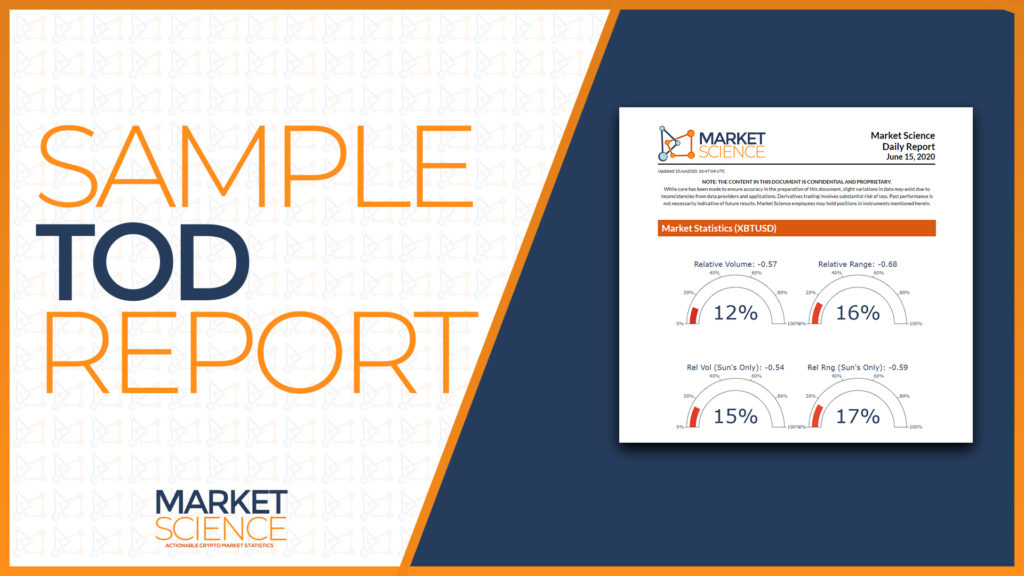Our Research
Market Science was founded in late 2019 as a research project with the goal of providing essential market statistics to Crypto traders and investors . We are confident that our research reports are of the highest standard, with key analytics, high quality visualizations, and interactive charts. Our data science & trading backgrounds allow our team to get a unique perspective on the market that many traders and investors lack. By applying quantitative strategies, machine learning, statistical modeling, and other skills, we can quickly run through large market data sets to determine if there is any edge in the data. Without the skills to do extensive research, you’re missing out on vital information that very well may be affecting your profitability as a trader. Market Science aims to close this gap and provide you with the essential market statistics that you need to make those important data-driven decisions.
Subscribe For Access To Our Full Research Archive!
Commitment of Traders Report

We investigate the Commitments Of Traders report by analyzing institutional & retail futures positions on the CME.
Sample Daily Report

Predicted day type, projected daily range, active signals to help determine a directional bias, and both HTF & LTF fractals.
CME Gap Study

To address the buzz surrounding CME weekend gaps, we analyze if they’re a significant market anomaly & whether they offer traders an actionable edge.
Sample Time of Day Report

A look into day of week effects on XBTUSD.
We analyze volume, volatility, performance, and market trends.
Does Sunday typically close towards the direction of the weekly open?
— Market Science (@marketsscience) March 29, 2020
Sundays that open below wOpen have closed Up/Green 100% of the time in 2020 (68% avg since 2016)
This effect is less prominent on Sundays that open above wOpen, but have increased in recent years. $BTC pic.twitter.com/PdemZHc6my
Took a look at how well the 20-day ATR contains $XBTUSD price ranges:
— Quant Fiction (@quantfiction) April 24, 2020
~87% of the time, the (dHigh/dLow - dOpen) is less than the 20-day ATR
~97% of the time, it's less than 2x the 20-day ATR pic.twitter.com/cD9PQRWELs
Study done for the honorable @cubantobacco:
— Quant Fiction (@quantfiction) April 21, 2020
If the current candle takes out the previous hourly candle's high in the last 15 minutes, what happens after it closes?
On very LTFs, continuation +EV before fees, reversal +EV after a few minutes.
Probably won't pay for fees, though pic.twitter.com/KVbgn0A3ai